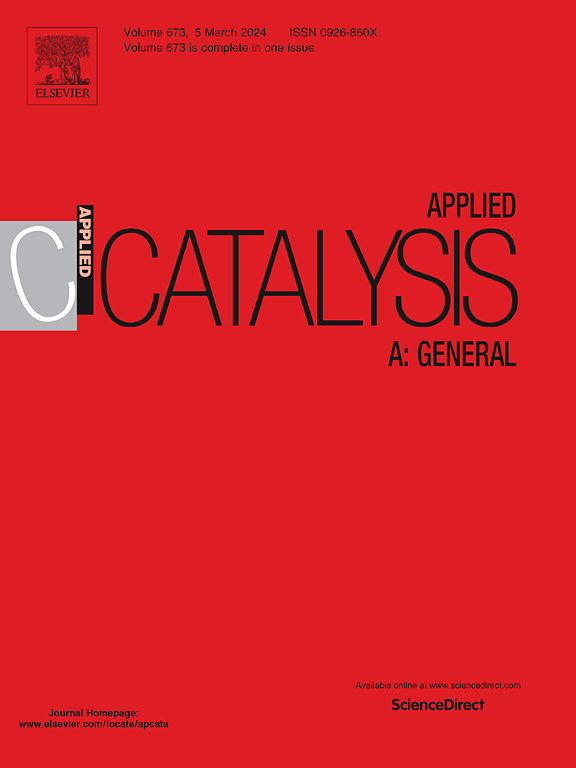Carbon film-modified Bi5O7I composites for highly efficient simultaneous photocatalytic removal of bisphenol-A and Cr(VI) under visible light irradiation
IF 4.8
2区 化学
Q2 CHEMISTRY, PHYSICAL
引用次数: 0
Abstract
The coexistence of heavy metals and organic pollutants in aquatic ecosystems poses significant threats to environmental and human health. To address this issue, a novel carbon film-modified Bi5O7I photocatalyst (C/Bi5O7I) was developed for the simultaneous removal of bisphenol-A (BPA) and Cr(VI) under visible light. The C/Bi5O7I composite exploited the synergistic effect between the carbon film and Bi5O7I, enhancing light absorption and facilitating efficient electron transfer, which promoted the separation of electron-hole pairs. This mechanism enabled holes to degrade BPA and electrons to reduce Cr(VI), with each process mutually accelerating the other. The composite exhibited high photocatalytic activity across a wide pH range (3.0–11.0) and was minimally inhibited by typical water matrix components. Characterization techniques and theoretical calculations were employed to elucidate the degradation pathways, confirming the stability and efficiency of C/Bi5O7I over multiple cycles. This makes C/Bi5O7I a promising material for treating wastewater contaminated with coexisting heavy metals and organic pollutants.
碳膜改性Bi5O7I复合材料在可见光照射下高效同时光催化去除双酚a和Cr(VI)
重金属和有机污染物在水生生态系统中共存,对环境和人类健康构成重大威胁。为了解决这一问题,研制了一种新型的碳膜改性Bi5O7I光催化剂(C/Bi5O7I),用于在可见光下同时去除双酚a (BPA)和Cr(VI)。C/Bi5O7I复合材料利用了碳膜与Bi5O7I之间的协同效应,增强了光吸收,促进了有效的电子转移,从而促进了电子-空穴对的分离。该机制使空穴降解BPA,电子降低Cr(VI),两个过程相互促进。该复合材料在较宽的pH范围内(3.0-11.0)表现出较高的光催化活性,并且受典型水基质组分的抑制最小。采用表征技术和理论计算阐明了C/Bi5O7I的降解途径,证实了C/Bi5O7I在多个循环中的稳定性和效率。这使得C/Bi5O7I成为处理重金属和有机污染物共存的废水的一种很有前途的材料。
本文章由计算机程序翻译,如有差异,请以英文原文为准。
求助全文
约1分钟内获得全文
求助全文
来源期刊

Applied Catalysis A: General
化学-环境科学
CiteScore
9.00
自引率
5.50%
发文量
415
审稿时长
24 days
期刊介绍:
Applied Catalysis A: General publishes original papers on all aspects of catalysis of basic and practical interest to chemical scientists in both industrial and academic fields, with an emphasis onnew understanding of catalysts and catalytic reactions, new catalytic materials, new techniques, and new processes, especially those that have potential practical implications.
Papers that report results of a thorough study or optimization of systems or processes that are well understood, widely studied, or minor variations of known ones are discouraged. Authors should include statements in a separate section "Justification for Publication" of how the manuscript fits the scope of the journal in the cover letter to the editors. Submissions without such justification will be rejected without review.
 求助内容:
求助内容: 应助结果提醒方式:
应助结果提醒方式:


